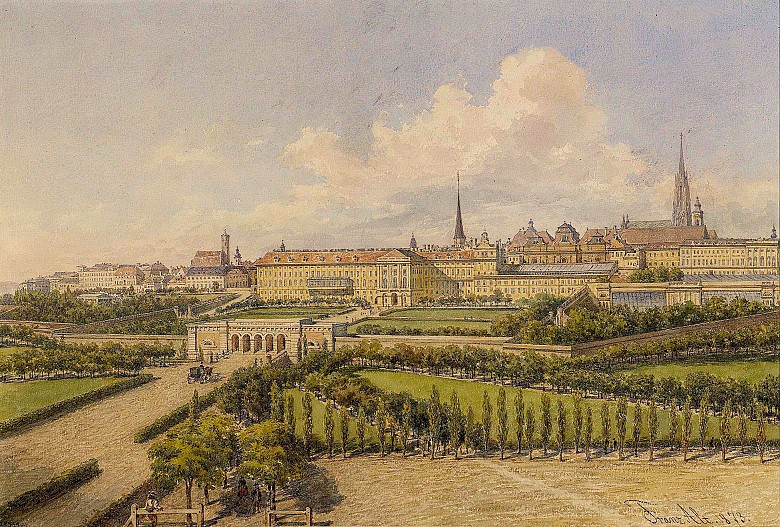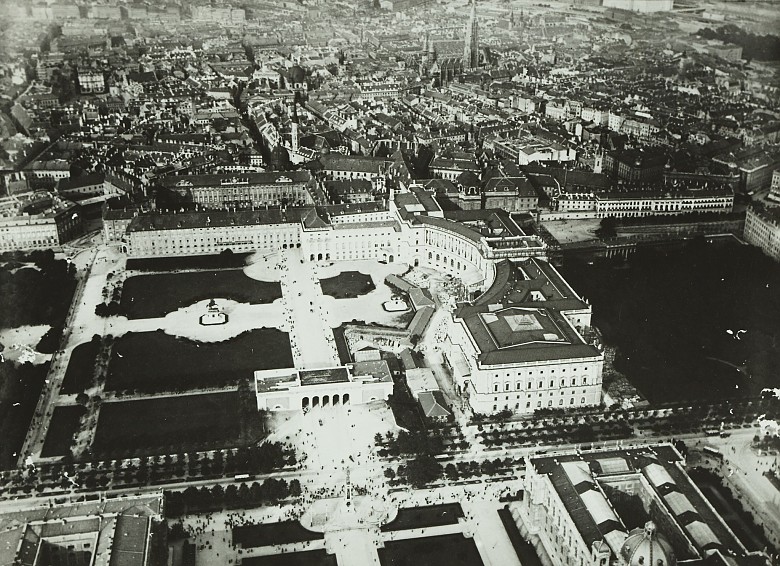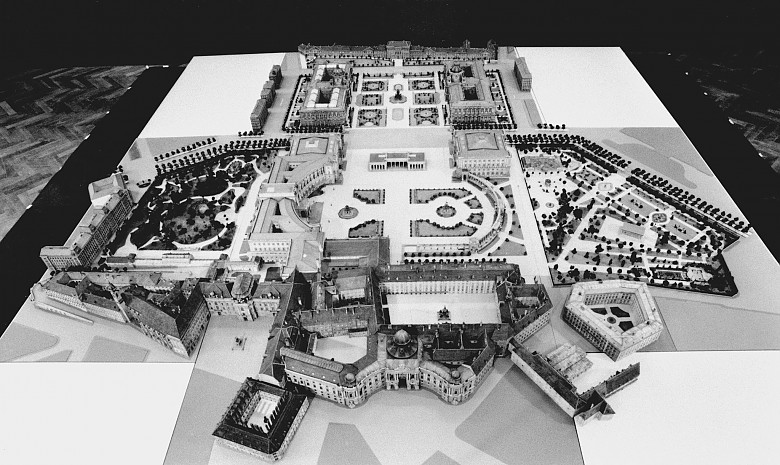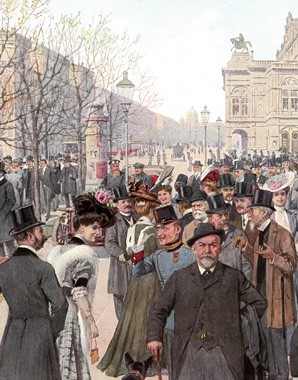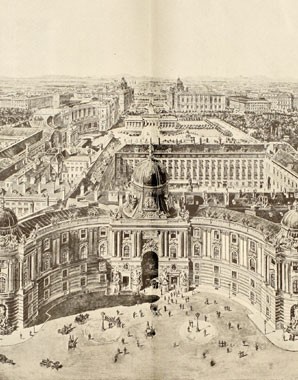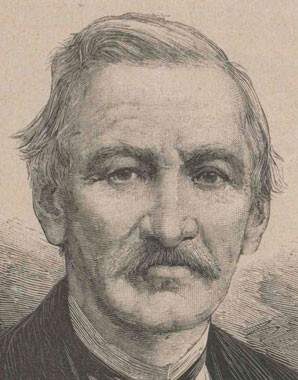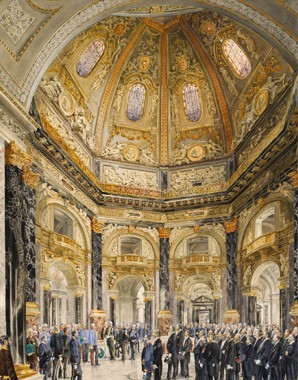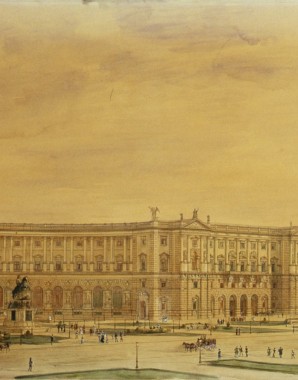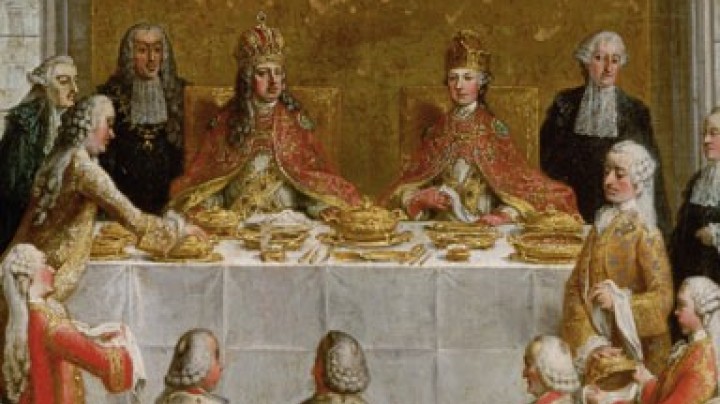The glory that was Rome – Franz Joseph’s dream of an Imperial Forum
The Imperial Forum, a monumental complex that was intended to unite the entire ensemble of the Hofburg, was one of Franz Joseph’s dreams.
Plans for an Imperial Forum began to take shape during the course of the demolition of the city walls. A large-scale forum was to unite the disparate elements that made up the Hofburg complex. Mastermind and architect of the project was Gottfried Semper. The Imperial Forum was intended to give magnificent expression both to the dynasty’s claim to power and the transnational concept of the multiethnic state.
The model for this project was the palace complex of Versailles built under Louis XIV – Semper wanted to create a residence on a scale that the Habsburgs had hitherto never achieved.
Between the Leopoldine Wing of the Hofburg and the Baroque stables designed by Fischer von Erlach (the present-day Museumsquartier) a monumental, symmetrical plaza was to be created that would bisect the new Ringstrasse. On either side of the Ringstrasse two imposing buildings were planned – on one side the Court Museums and on the other two new wings to be added to the Hofburg. Two huge triumphal arches were to span the Ringstrasse, linking the museums and the Hofburg.
After the death of the empress in 1898 Franz Joseph lost interest in the project and handed over supervision of the construction to the heir to the throne, Franz Ferdinand. The forum became a long-drawn-out difficult project: Franz Ferdinand interfered in the planning, insisted on being informed about every last detail and generally acted as a brake on progress. Moreover, the funds needed to complete the project were lacking, the workers demanded a minimum wage, and the outbreak of the First World War meant that many materials, for example marble and copper, were in short supply.
In the end, the only sections of the Imperial Forum that were completed were the Court Museums and the Neue Burg, which was not finished until 1913. Today the latter houses departments of the Austrian National Library (ÖNB), collections of the Vienna Art History Museum (KHM) and the House of Austrian History (hdgö).
